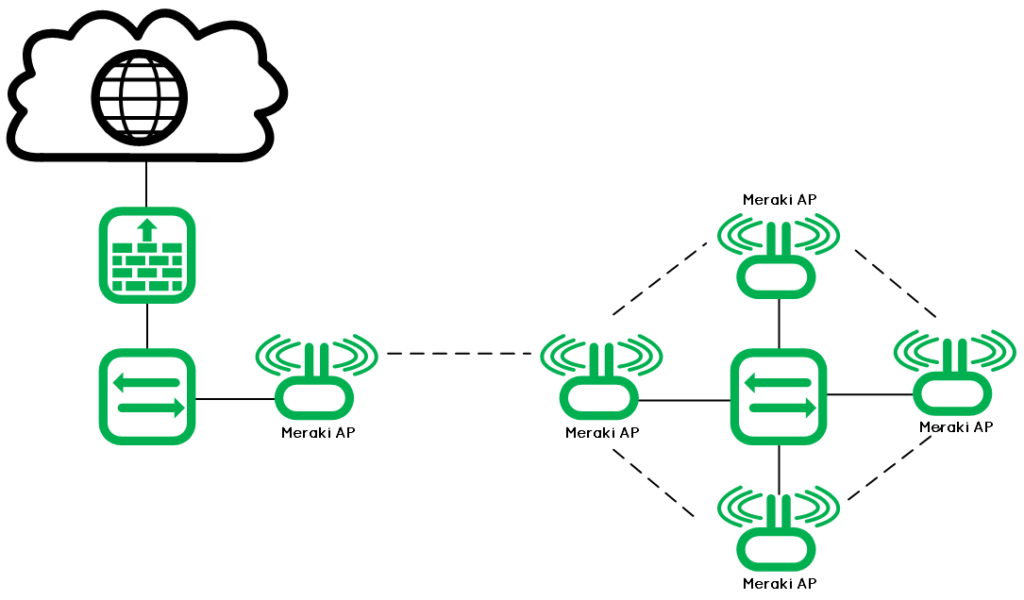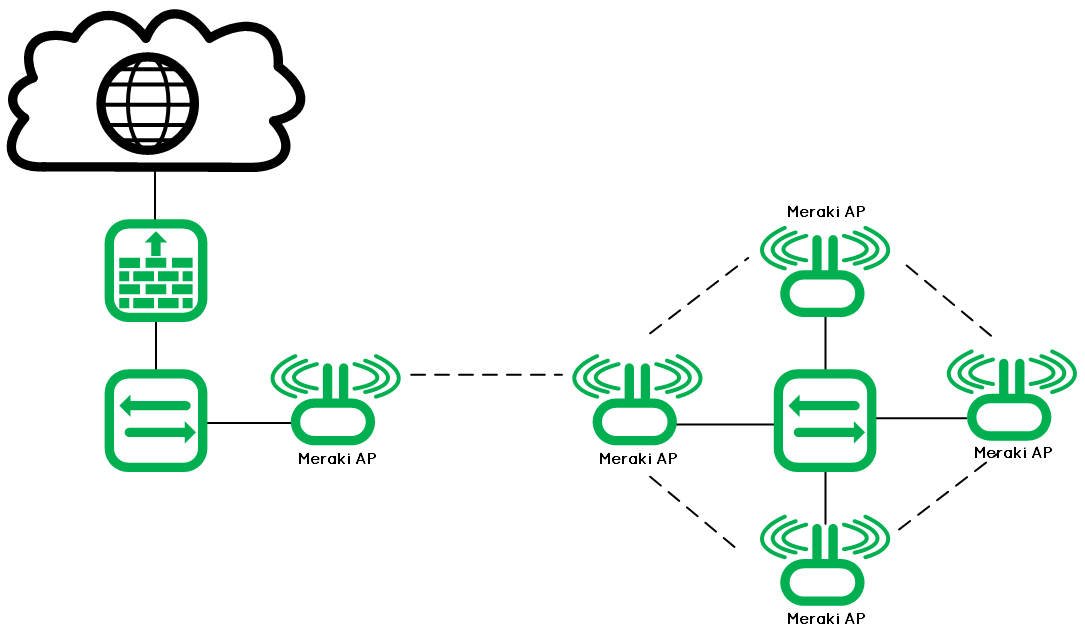

Navigate to the Configure > Firewall & traffic shaping page.Ĩ. Click Save Changes at the bottom of the page.ħ. Scroll down to the Traffic shaping rules section and select a Per-client and/or Per-SSID bandwidth limit.Ħ. 元 Firewall Rule to prevent Guests from gaining network access.ġ2. In the Layer 3 firewall rules section, select Deny from the drop-down menu for the rule labeled Wireless clients accessing LAN. Ensure that the Guest network is selected on the SSID drop-down menu at the top of the page.ġ1. Navigate to the Configure > Firewall & traffic shaping page.ġ0. Click Save Changes at the bottom of the page.ĩ. Meraki Allows configuring the SSID on its isolated network.Ĩ. See this article for more information on NAT mode. Clients cannot communicate with each other. In NAT mode, Clients receive IP addresses in an isolated 10.0.0.0/8 network. Ensure that “NAT mode: Use Meraki DHCP” is selected. Scroll down to the Addressing and traffic section of the page.ħ. Select the captive portal strength settings (You can restrict all non-http traffic or not until splash page acknowledgment) Captive portal connectivity setting.Ħ. This is the name of the wireless network that clients will see in their list of available network connections.ĥ. Enable and rename the Guest and Internal SSIDs appropriately. For the Name section of each SSID, click the rename link.ģ. In Dashboard, navigate to Wireless > Configure > SSIDs.Ģ.– Another good point to add to Meraki WiFi best practices – deploy no more than 3 SSIDs per Access Point. The process to create the SSIDs is the same regardless of their use. Meraki makes it simple to create and deploy WiFi networks (SSIDs) from the dashboard management console. Meraki WiFi Best Practices – Creating a Guest and Internal network. It’s part of Meraki WiFi best practices to segregate network access, and administrators can use different types of technical and administrative controls to ensure Guest Wifi users don’t have access to the corporate network and vice versa.Īre you a Cisco Meraki Shop? This article “5 Cisco Meraki to improve WiFi performance” may be useful to you.

You can create a Guest WiFi network to provide your visitors with internet access without allowing them to access the internal company resources. As you can imagine, you wouldn’t want unauthorized users accessing your internal network for all the administrative, security, and compliance reasons. They are designed to provide access to internal resources such as servers, printers, shared drivers, etc in other words, it’s simply an “extension” of the LAN. What makes the difference is the configuration settings that you apply to it. Although the process to create the networks is the same, there are some Meraki WiFi best practices you can implement to take advantage of Meraki’s wireless features.Īll SSIDs are configured the same way, and there’s nothing special when it comes to configuring a Guest SSID. One of the most common types of WiFi access deployments is to create at least two Wireless networks, in other words, an internal WiFi network for the company’s employees and another one for Guest Access.


 0 kommentar(er)
0 kommentar(er)
